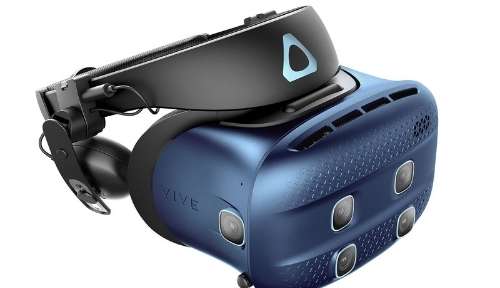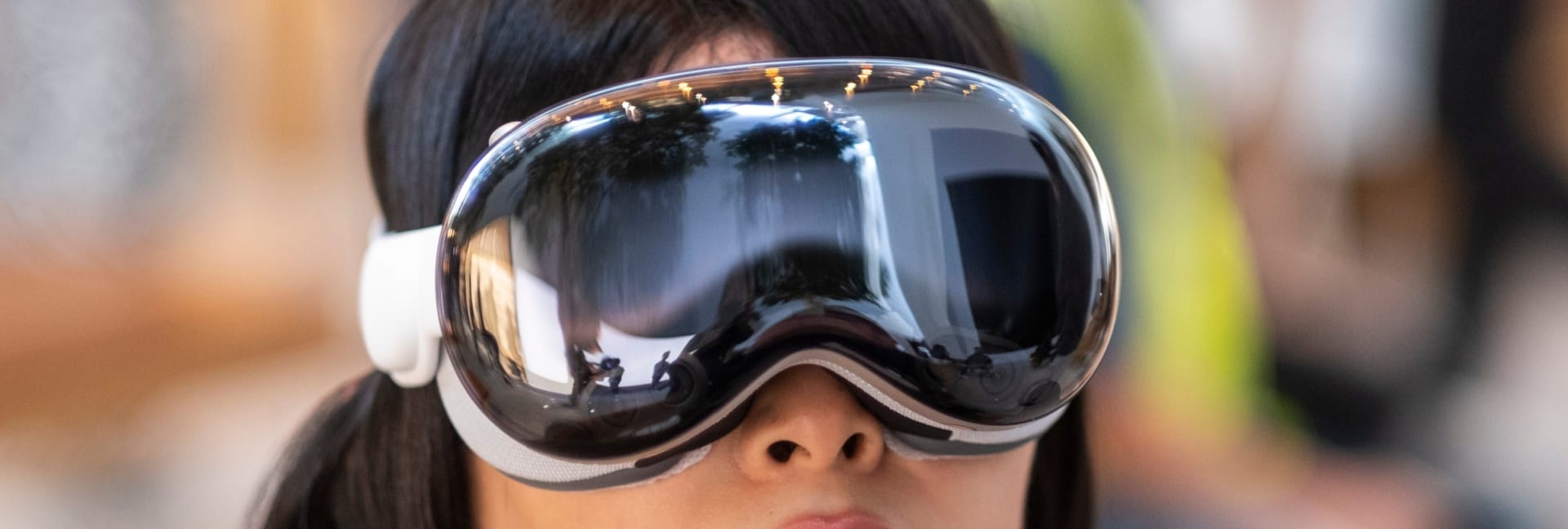Where does virtual reality fit into military history? One example is linked to the development of flight simulators – a well established training tool for new pilots – which has embraced virtual reality. The newer models use electronics, computers, tracking devices, software and high quality graphics to provide an immersive flying experience to trainee pilots.
These simulators are used to train pilots to fly in a combat situation which often involves dealing with an emergency as well as learning to handle an aircraft under extreme circumstances.
Military simulators were in use during the Cold War but it wasn’t until the 1980’s that computers were first introduced into this simulators.
Modern flight simulators make use of the very latest in virtual reality technology for training purposes. In particular, the ability to train more than one trainee pilot in the same environment via high speed distributed networks.
Flight simulators were extended to include other military vehicles such as tanks, submarines, ships and jeeps. These are used by all branches of the services and as a support – not a replacement – for traditional training methods.
Other applications include battlefield visualisations and virtual reality combat simulations. They enable senior military personnel to plan and assess military operations but in a virtual setting which reduces time and reduces collateral damage. This prevents soldiers from being sent into situations which have not undergone a prior assessment of troop positions and other logistics.







